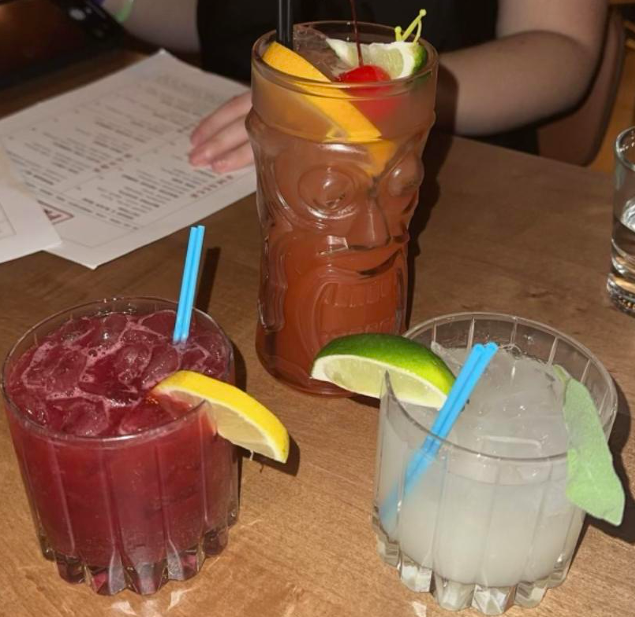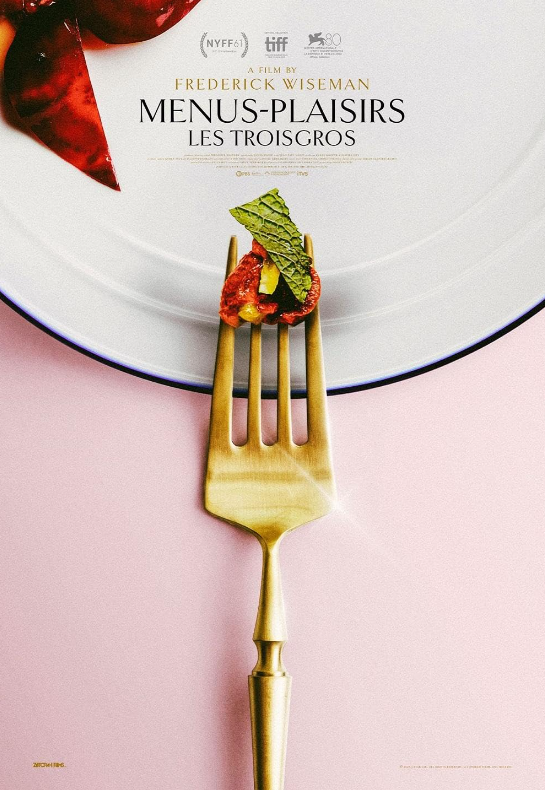All around the globe there are unfathomable foods used in dishes, ranging from casual snacks to rare delicacies. Many of these originate from ancient times, when food was scarce and the people would eat anything to survive. With that in mind, fair warning if you have a weak stomach or are about to take a bite of something delicious (and probably more typical). These dishes are bizarre in every sense of the word.
The most wide spread subject of weird food consumption is insects. In countries spread across the world there are dishes involving these little critters. In Australia, you can find witchetty grubs. Traditionally foraged for by the Aboriginal people, these large white larvae come from several types of moths and are eaten as a snack. In Mexico, escamole, or ant larvae, which is harvested from the root of the blue agave (tequila) plant, is considered “insect caviar.” Koreans munch on Beondegi or silkworm pupae, Africans scour Mopane trees for caterpillars that live on bark and Indonesians eat stinkbugs – which apparently taste like sunflower seeds but I’m skeptical.
And that’s not all for the edible crawlers of the planet. In Colombia, hormigas culonas is a delicacy that tastes almost like roasted nuts. Don’t be fooled though – these nutty treats are actually roasted and salted ants. For a truly rare treat, go to Cambodia and try the spiders. These deep fried tarantulas are served with a lime and black pepper dip, and could be considered the insect version of calamari.
The most widely consumed bug that can be found all over the world is grasshopper. In many street markets in Asia, they are fried and eaten like tater tots, while in Mexico they are served with lime and salt.
Moving away from insects and on to odd dishes made with animals and their parts. First up is the cockscomb, or the fleshy growth seen on the top of a chicken’s head. This is a very popular ingredient in Europe, and its uses range from an addition to sauces (such as the Italian cibero) to a garnish in France. Also in Europe, you can find head cheese in most markets. Made from the congealed fat cooked out of the head meat of sheep, this gelatin-like substance is commonly used as a spread on sandwiches.
Just off the northeastern coast of the United Kingdom, you can find the infamous haggis. Primarily consumed in Scotland this meat-like substance is made out of the liver, heart, lungs and stomach of a sheep combined with onions, spices and oats.
A semi-bizarre food from Ireland is blood pudding. Although it may sound nasty, this sausage is made from congealed blood, grains, potatoes and fat. Blood pudding is eaten with most Irish breakfasts and has a pleasant smoky flavor.
Iceland has two very odd delicacies. First up is Hakarl, shark meat that is fermented in its own fluid, then cut into strips and dried. Even more disturbing is the sought after puffin heart. Cooked and eaten relatively plain, the heart of a puffin is supposedly tender and decadent.
In Sweden, herring is fermented so intensely that the fish is mostly eaten outside due to the strong odor.
The last dish from Europe is lutefisk, a Scandinavian dish made from aged stockfish and lye. The fish soaks in the lye for a few days then is immediately plunged into a cold water bath for just under a week to ensure the lye’s’ absence in the final product.
For bizarre foods, the United States has Rocky Mountain oysters. Also known as deep fried bull testicles, these can be found at many festivals. In Alaska, tepa (“stink heads”) is eaten by the indigenous Yupik people. For tepa, the head is chopped off of the fish and buried in the ground until the desired tang is achieved.
Heading over to Asia, there is an array of interesting meals, ranging from smelly fruit to eyeballs.
In Thailand, the Durian fruit has succulent and sweet meat that is rather delicious, as long as you can get past the odor of trash and rotting food emitted by the food. Thailand is also home to the most expensive coffee in the world. Black ivory coffee is brewed from beans that are digested by Thai elephants and sorted out of their feces. This brew goes for $1,100 per kilogram or about $50 a cup in the United States.
Japan has quite a few bizarre foods on the market, as well. Shiokara is a bowl of marine animals, like squid, that are fermented in their own viscera. The tradition of following this dish with a shot of whiskey is no mystery. For the more daring diners, fugu, or Japanese puffer fish, is potentially lethal if not cleaned properly. Next up is tuna eyeball: With a similar taste to squid, the most common preparation of the eye is simply to boil and salt it.
In the Philippines, balut, or fertilized and boiled duck embryo, is considered decadent and can be found at many restaurants.
To finish off the exploration of bizarre dishes is snake wine, produced by infusing entire snakes in grain alcohol. Found in China and Vietnam, this wine is believed to have great health benefits.
These foods might be way outside of your comfort zone. Regardless, next time you go out to eat, try to order the oddest item on the menu. You might be surprised by how delicious the bizarre can be.
Adria Kelly can be reached at [email protected].




















n. • Sep 17, 2014 at 7:49 pm
Nice headline, way to lead off with cultural sensitivity.